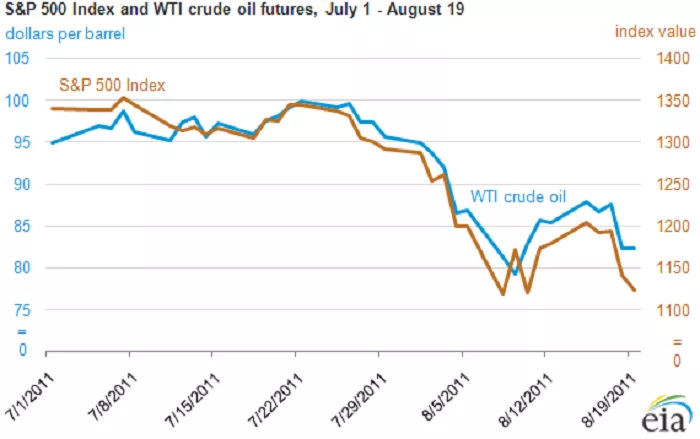West Texas Intermediate (WTI) crude oil prices climbed to their highest level in nearly two weeks during Monday’s Asian trading session, buoyed by renewed optimism over US-China trade relations. However, the rally stalled just shy of the $61.00 mark, with bullish traders hesitant to extend gains in the absence of concrete policy shifts.
The uptick follows the White House’s announcement on Sunday that the US and China had reached a trade deal after a pivotal meeting in Switzerland. While the agreement eased concerns over weakened global demand—providing a lift to oil prices—markets were left cautious as no commitments were made to reduce existing tariffs: the US maintains a 145% levy on Chinese goods, while China holds a 125% tariff on US imports. The lack of tariff relief tempered enthusiasm and restrained a stronger push above the $61 threshold.
Trade optimism has also helped ease fears of a US recession, reinforcing support for the US Dollar. The greenback remains firm near a multi-week high, underpinned by the Federal Reserve’s recent hawkish pause on rate changes. At the same time, a decision by OPEC+ to accelerate output increases continues to fan concerns about a potential oversupply, further limiting oil’s upward trajectory.
Still, expectations of tighter US crude supplies and ongoing geopolitical tensions offer support to the market. Oil’s rebound from a near one-month low of $55.00—touched just last Monday—remains tentative, with traders exercising caution ahead of key economic data.
All eyes are now on this week’s US inflation report and a scheduled speech by Federal Reserve Chair Jerome Powell on Thursday. Both events are expected to provide clearer signals on monetary policy direction and could serve as catalysts for the next decisive move in oil prices.


